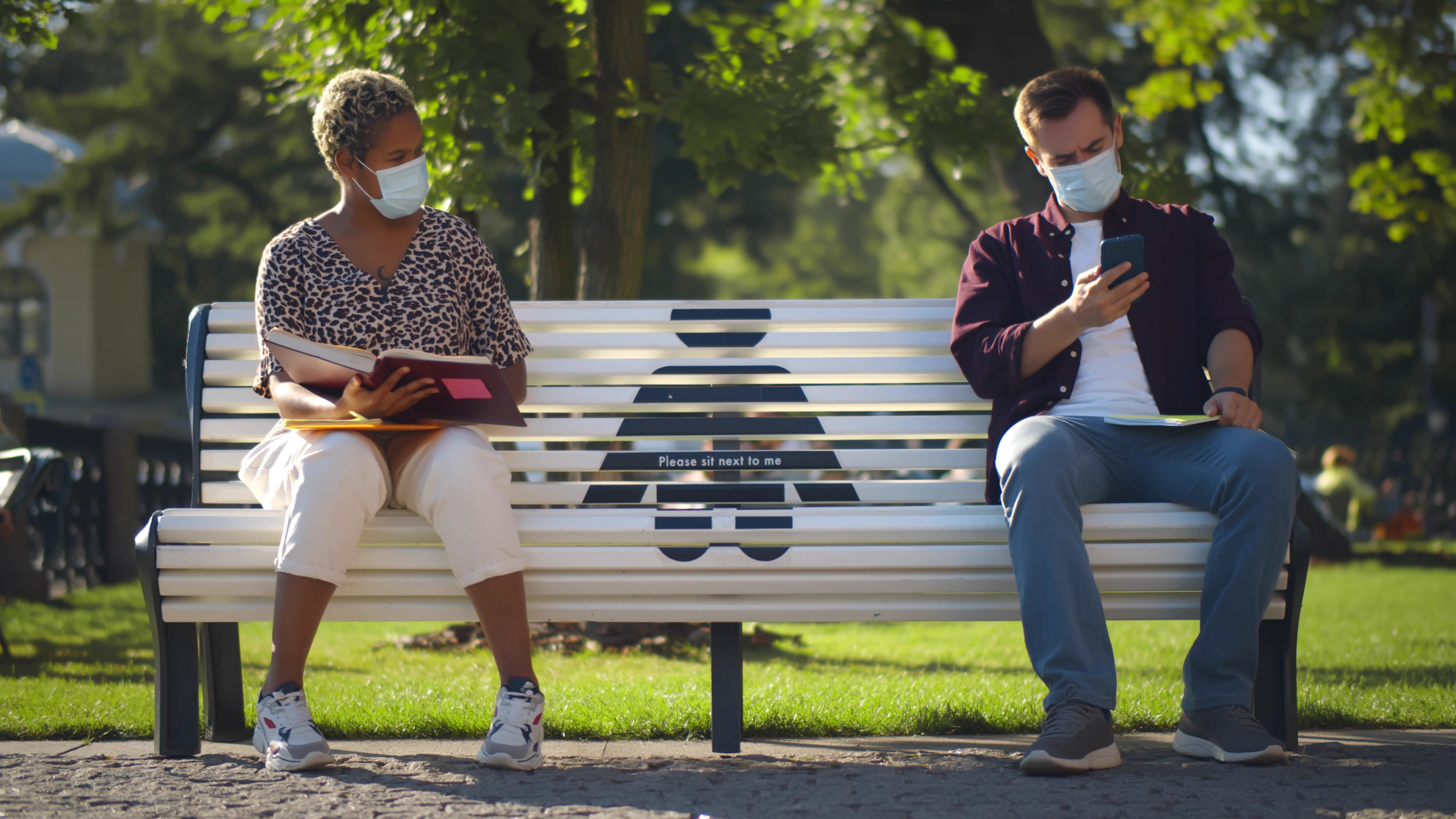It may surprise you to learn that the people most likely to die from COVID have not been those with diabetes, hypertension or heart disease. Serious though these conditions are, and vulnerable though those people may be, the people most at risk have been those suffering from schizophrenia.
That's partly because people with schizophrenia already have worse health than the rest of us, due to smoking, alcohol, drugs, poor physical health care, not going for health care screening and many other factors. All of these have been made worse because of the absence of community services during the pandemic. When people with severe mental illnesses lose their normal sources of social support, they are more likely to come off their medication and relapse.
When we talk about the mental health effects of COVID, we tend to fall back on the more easily understandable things such as the fear of the virus and the changes in the way that we live now. This has affected people’s mental health, but it hasn’t affected everyone equally. That is the principal truth of pandemics. They have always been exploiters of social division, discrimination and exclusion.
This is nothing new. Take, for example, the Black Death. In 1356, the chronicler Simon de Couvin wrote that the plague spares the judges, the knights, the bishops and the princes. In other words, the better off you are, the better you do. In most of our societies, those with severe mental illness are very much at the bottom of our social scales, as are those discriminated against for other reasons.


